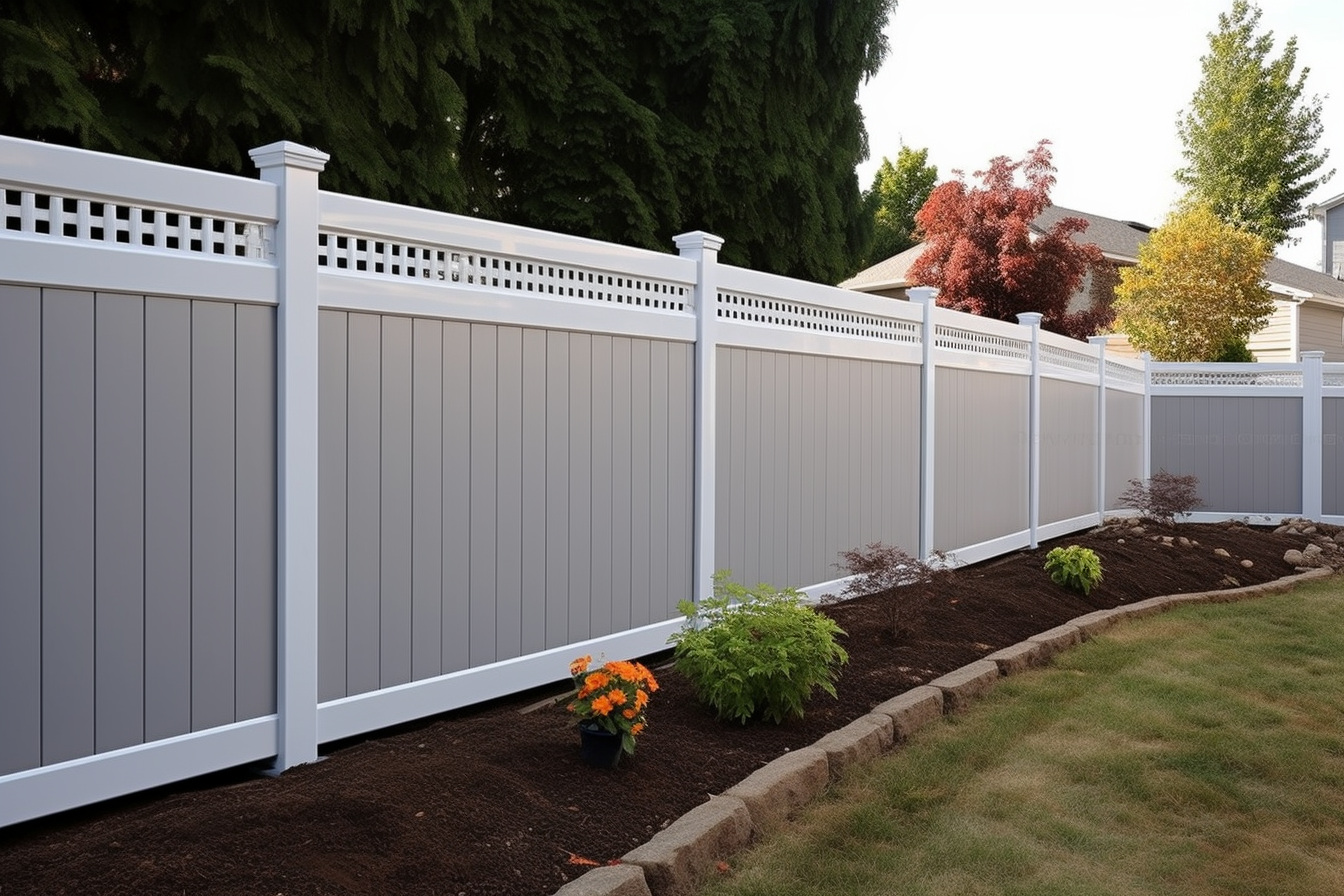Stylish Garden Fences: Boost Privacy, Safety & Curb Appeal
A thoughtfully chosen garden fence can redefine your outdoor living area—providing privacy, security, and visual appeal. Explore the pros and cons of wood, vinyl, and aluminum options, learn what influences your choice (climate, upkeep, budget), and discover practical height and maintenance tips to pick the best fence for your yard.

A well-chosen fence can do more than mark your property line: it creates privacy, improves safety, and adds personality to your landscape. Whether you prefer the warmth of wood, the convenience of vinyl, or the streamlined look of aluminum, understanding each material’s strengths and upkeep needs will help you pick the best fence for your garden.
Popular fence materials and what they offer
Wood: Traditional wooden fences remain popular for their natural appearance and versatility. They can be stained or painted to match your home and garden, and styles range from picket and split rail to solid privacy panels. Wood is often the least expensive upfront, but it needs regular care to resist moisture and pests. With proper maintenance, a wooden fence can last many years and lend classic charm to your yard.
Vinyl: Vinyl fencing has become a go-to for homeowners who want minimal maintenance. Available in many hues and profiles that emulate real wood, vinyl won’t rot, isn’t vulnerable to insects, and resists fading. It’s easy to clean—usually just soap and water—and it holds up well in wet climates. Though initial costs can be higher than some wood options, lower upkeep often offsets that over time.
Aluminum: If you’re after a clean, contemporary boundary or a secure pool enclosure, aluminum is an excellent choice. Lightweight yet sturdy and naturally rust-resistant, aluminum fences can be powder-coated in a range of colors to suit landscaping themes. They’re low-maintenance and ideal where visibility and airflow are desired more than full privacy.
| Material | Typical cost per linear foot | Key advantages |
|---|---|---|
| Wood | $10–$30 | Affordable initial cost; customizable finish |
| Vinyl | $20–$45 | Low maintenance; resists rot and insects |
| Aluminum | $25–$50 | Durable, rust-resistant, elegant appearance |
Prices are estimates and can vary by region, supplier, and installation complexity.
How to decide which fence material fits your needs
Choosing the right fence depends on several practical and aesthetic considerations:
- Climate: Coastal areas with salt air, very wet zones, or places with extreme temperature swings call for materials that withstand those conditions. Vinyl and powder-coated aluminum tolerate moisture and salt better than untreated wood.
- Maintenance willingness: If you prefer a hands-off solution, vinyl and aluminum will demand far less upkeep than wood, which typically needs periodic staining or painting.
- Longevity: Vinyl and aluminum often outlast untreated wood, though pressure-treated or well-maintained wood remains a durable option.
- Style and curb appeal: Match fence style to your home’s architecture—wood for classic or rustic looks, aluminum for modern or formal gardens, and vinyl for clean, consistent panels.
- Budget: Factor in both upfront costs and long-term maintenance expenses. A cheaper wood fence may require ongoing work, while a more costly vinyl or aluminum fence can save time and money over its lifespan.
Benefits of adding a garden fence
Installing a fence delivers several tangible benefits:
- Privacy: Tall, solid panels create a secluded retreat away from neighbors and street views.
- Security: Fencing helps deter trespassers and keeps children and pets contained within your yard.
- Noise reduction: Certain fence types and configurations can reduce street or neighbor noise, improving outdoor comfort.
- Property value: A neatly designed, well-installed fence enhances curb appeal and can boost resale value.
- Wind protection: Fences can act as windbreaks, shielding vulnerable plants and outdoor living spaces.
- Clear boundaries: Defined property lines help avoid neighbor disputes and showcase landscaping efforts.
Recommended fence heights
The appropriate height depends on purpose and local rules. Typical guidelines include:
- Privacy fences: 6 to 8 feet, commonly used to block sightlines and provide seclusion.
- Decorative borders: 3 to 4 feet, ideal for flower beds or to accent a path.
- Pet containment: 4 to 6 feet, adjusted to your pet’s size and jumping ability.
- Pool enclosures: Often required to be at least 4 feet tall by local codes; always verify local ordinances.
Before you build, check municipal zoning laws and neighborhood covenants for height limits and permit requirements.
Maintenance tips by material
Wood: - Inspect annually for loose boards, nails, or shifting posts. - Clean with a gentle detergent or power washer on a low setting. - Re-stain or repaint every 2–3 years to shield against moisture and UV damage. - Replace damaged sections promptly to avoid further deterioration.
Vinyl: - Wash occasionally with soap and water to remove dirt and mildew. - Check posts and panels for movement after storms. - Repair cracks or split panels quickly to prevent larger issues.
Aluminum: - Clean periodically with mild soap and water. - Inspect fasteners and brackets for looseness. - Minor scratches can be touched up; powder-coated finishes usually resist corrosion well.
Final considerations
Selecting a garden fence is a balance between aesthetics, function, and upkeep. Take measurements, study your local climate and codes, and weigh both short- and long-term costs. If you’re unsure, consult a local fencing contractor or landscaper for site-specific recommendations and accurate estimates. With the right material and design, a fence can become a lasting feature that enhances privacy, safety, and the overall look of your outdoor space.






